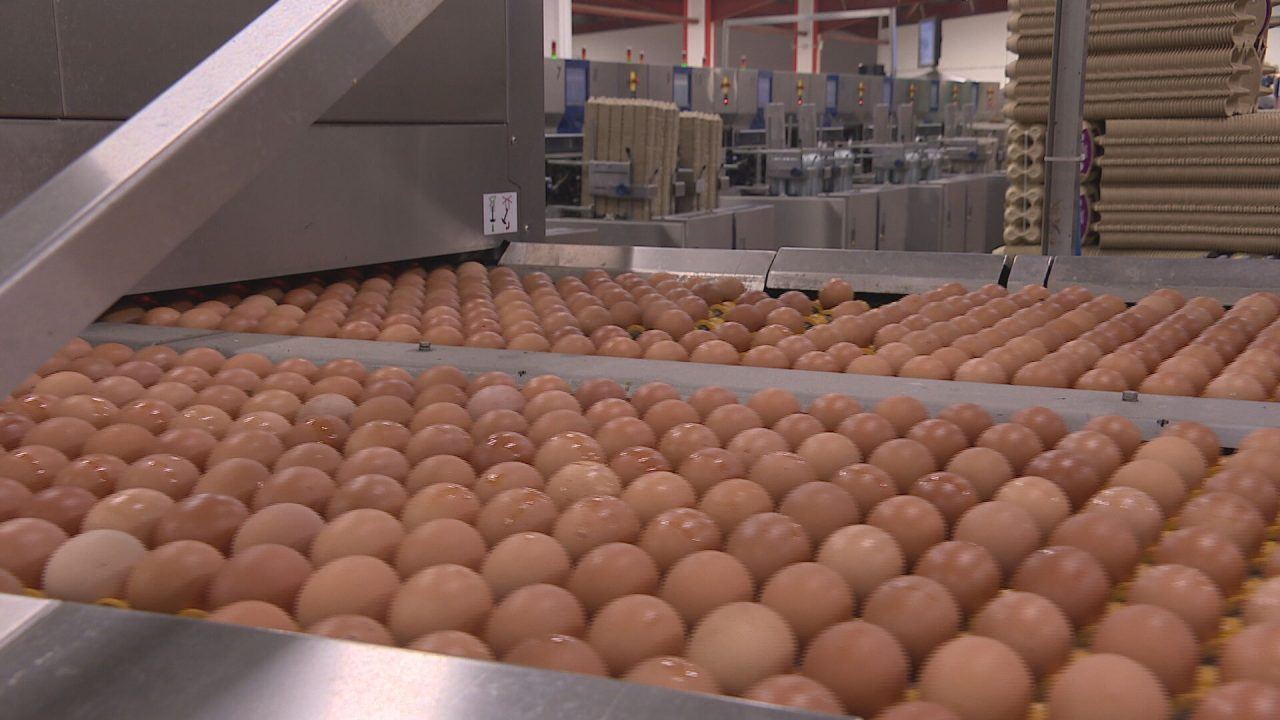Whether you enjoy them fried, boiled, scrambled or poached, the number of people eating eggs is growing.
Latest figures reveal that over 13 billion eggs are consumed annually – an increase of more than 200 million compared to two decades ago.
Producers have welcomed the boost in demand, offering a positive outlook following several challenging years for the industry.
Iain Chapman, the managing director at Farmlay Eggs in Aberdeenshire, told STV News: “Producing eggs was typically a high-risk business. You didn’t always get your money back and the cost of producing eggs is at a record high.
“So to get a good price back from the supermarkets and to see an increasing number of people eating them is extremely welcome.”
Farmlay has had to more than double its capacity in the last six months to keep up with growing demand.
Its factory near Strichen takes in eggs from farms across Scotland before cleaning and boxing them up ready for supermarkets across the UK.
Chapman says the factory processes more than a million eggs per day. Over the past three years, the company has seen an increase of 15% on its egg sales.
Professor Alex Johnston, a nutritionist with the Rowett Institute in Aberdeen, believes part of the trend started during the coronavirus pandemic.
She said: “There were a lot of trends during the pandemic but one was eating more cooked breakfasts.
“Now consumers are looking to eat on the go and eggs can easily and quickly be prepared ahead. They’re also a cost-effective protein source and cheap to cook.
“Eggs are also seen as a good wholefood, a natural source of protein.”
But the sector has faced challenges in recent years, with outbreaks of bird flu resulting in tens of thousands of birds being culled in the north east.
Farmers say it’s taken months to rebuild their flocks.
Iain added: “For our business it’s a challenge to have too many eggs, but it’s much worse to have none.
“It was challenging to meet the demand for a while but now we’re confident we can meet it.”
The way eggs are produced has also undergone significant change in recent decades. By the end of this year, many supermarkets will only sell cage-free eggs.
And in the coming months we may also see a change in the colour of the eggs we eat too.
Iain said: “Increasingly farmers are using white chickens because they’re easier to handle for the farmer.
“With brown chickens, you would be looking at it producing around 350 eggs during its lifetime – the white chickens produce about 500.
“It helps us because we can keep them for longer, but the taste is no different, the eggs just look different.”
Follow STV News on WhatsApp
Scan the QR code on your mobile device for all the latest news from around the country




























